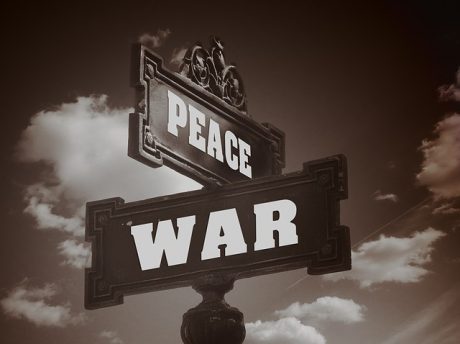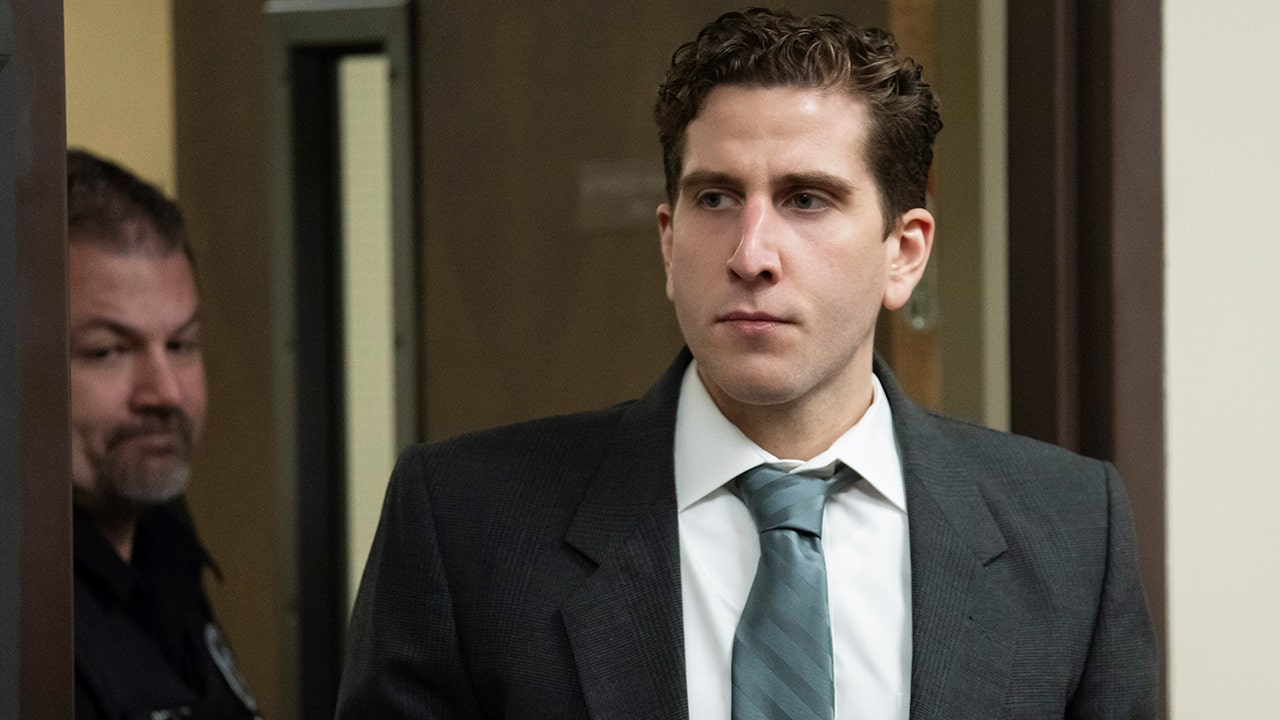Posted on Thursday, May 15, 2025
|
by AMAC, D.J. Wilson
|
0 Comments
|
As you peruse the aisles of a garden center, there are typically tons of plant containers for sale. Is it necessary to be selective in your purchase? Garden experts say yes! Find out why your choice matters – plus tips to help you select the perfect planter.
Plant containers
The cost of plant containers can vary widely. Per Hunker.com, the shape, size and material used for the pot affects not only garden success but also garden aesthetics. “A simple 12-inch round pot can range in price from about $10 for a plastic pot to more than $100 for a glazed ceramic planter pot.” Since prices can differ from retailer to retailer, shop around for price comparisons by visiting home improvement stores and garden centers near you.
Your personal budget
Many people ask, are more expensive planters worth the splurge?Though exceptions exist, price often reflects quality. Cheaper pots may not last as long or insulate plants as well as more expensive ones. If you don’t want to break the budget, it’s usually safe to go with planters which are middle of the road in price. However, cost is only a small piece of the formula to finding an ideal vessel for your plants.
Your style
Planters are an important base for what you’re growing. Based on aesthetics, consider which colors, sizes, shapes, and styles appeal to you and will enhance your garden theme. While plants provide color and set a mood, so can planters. Since a large variety of planters are out there, a good starting point is deciding whether to go neutral, bold, or inbetween. When it comes to choosing an aesthetically pleasing planter, there is no right or wrong. Gravitating toward what you like can help you narrow your choices.
Your surroundings
One may match or contrast planters with their surroundings. When it comes to matching, an oak wood whiskey barrel is better served in a rustic environment, whereas a classic fluted urn planter works best in more elegant settings. Contrasting is another option. One may mix and match planters of different shapes, sizes, materials, or colors to create unique arrangements to catch attention.
Your space
Many times, choice is influenced by how much space you have and what purpose you want the planter to serve. Should you have a large space and wish to increase privacy, a raised planter with a built-in trellis is a great idea. Should you wish to create a floral focal point in a tight space, flanking each side of the door with a narrow upright square planter is a better choice. Planters come in a variety of design choices and sizes. For example, freestanding planters can be placed on the ground, while hanging planters can be attached to ceilings, walls, or window spaces.For the ultimate display, choose planters that work well in your space.
Size and color
The size and color of your planter can affect plant growth and success, so choose carefully. In terms of planter size, it is essential to use those with adequate room for plant roots to expand. Deep planters are required for taller plants and those with long roots. In contrast, shallow planters work best for flowering plants with less lengthy roots. If you are unsure of plant growth requirements, ask a garden expert. Consider that small planters can dry out fast, particularly when exposed to full sun. Color counts, too. Lighter colors reflect light and absorb less heat, whereas darker planters, particularly those smaller in size, can heat up the plant roots. Allow these factors to influence your search for the perfect planter.
Materials
Selecting the right planter material is of upmost importance. Popular choices include terra cotta, plastic, ceramic, metal or wood. Aside from what you like, the choice of material is largely dependent upon what you’re growing as well as your plants. Plant bloggers often suggest the use of high-quality plastic planters versus terra cotta for beginners. They reason that plastic is an affordable option that is less prone to breaking. Should one seek a lightweight seasonal planter that is easily portable, plastic also wins. Typically, ceramic or metal planters serve decorative purposes. Metal, stoneware, and wood are durable planters that can withstand tough outdoor weather but do note that natural wood planters must be treated to increase longevity.
Desirable features
Efficient drainage is essential. Per rusticdecorating.com “Every planter needs a reliable drainage system to prevent retaining moisture or overwatering and root rot.” Most planters have drainage holes at the bottom to ensure that roots don’t sit in water. Some are sold with matching saucers to catch the drained water. Self-watering planters allow for consistent water supply and reduced need for watering, so that feature is likely well-worth the money. UV protection and weather resistance are also highly desirable for increased durability outdoors.
Plant needs
When it comes to selecting a planter, type of plant is a major influence. Plants that thrive in dry heat, such as succulents or cacti do well in terra cotta pots. However, plants that need more moisture may not thrive as well in this type of planter. That’s because the walls of terra cotta planters are absorbent and draw moisture away from plants. Thus, understanding plant requirements is a major player when deciding on its vessel.
Choosing the perfect planter
The perfect planter is best described as one that is aesthetically pleasing to match your style and space, high quality yet affordable, plant-friendly, and properly sized to maximize growth. Since there are a lot of options available, it’s a great idea to do your homework to know which plants you like, what thrives in your region, and how to care for them. Choosing the perfect planter can promote growth, optimize and beautify your space, and take your plant designs to the next level.
Interested in creating the ideal plant display? Check out our article to learn The thrill, fill, and spill planting method.
Read the full article here












